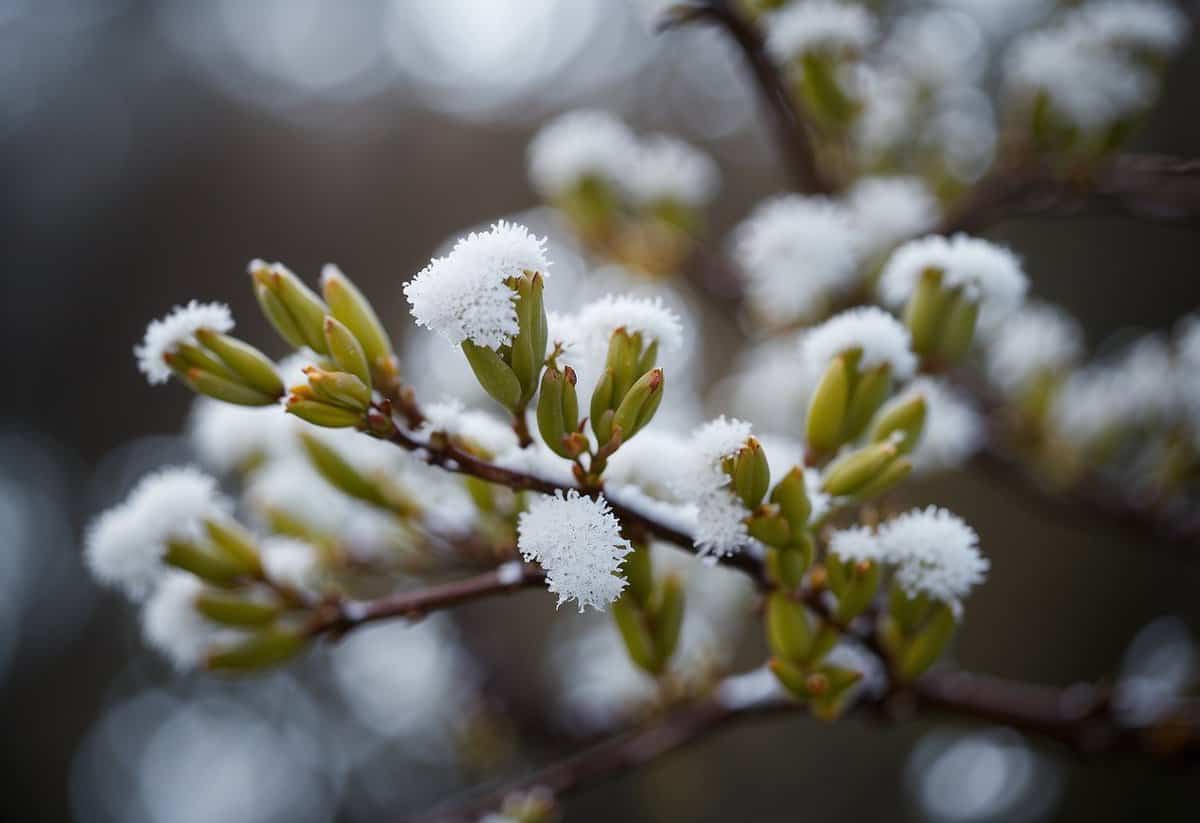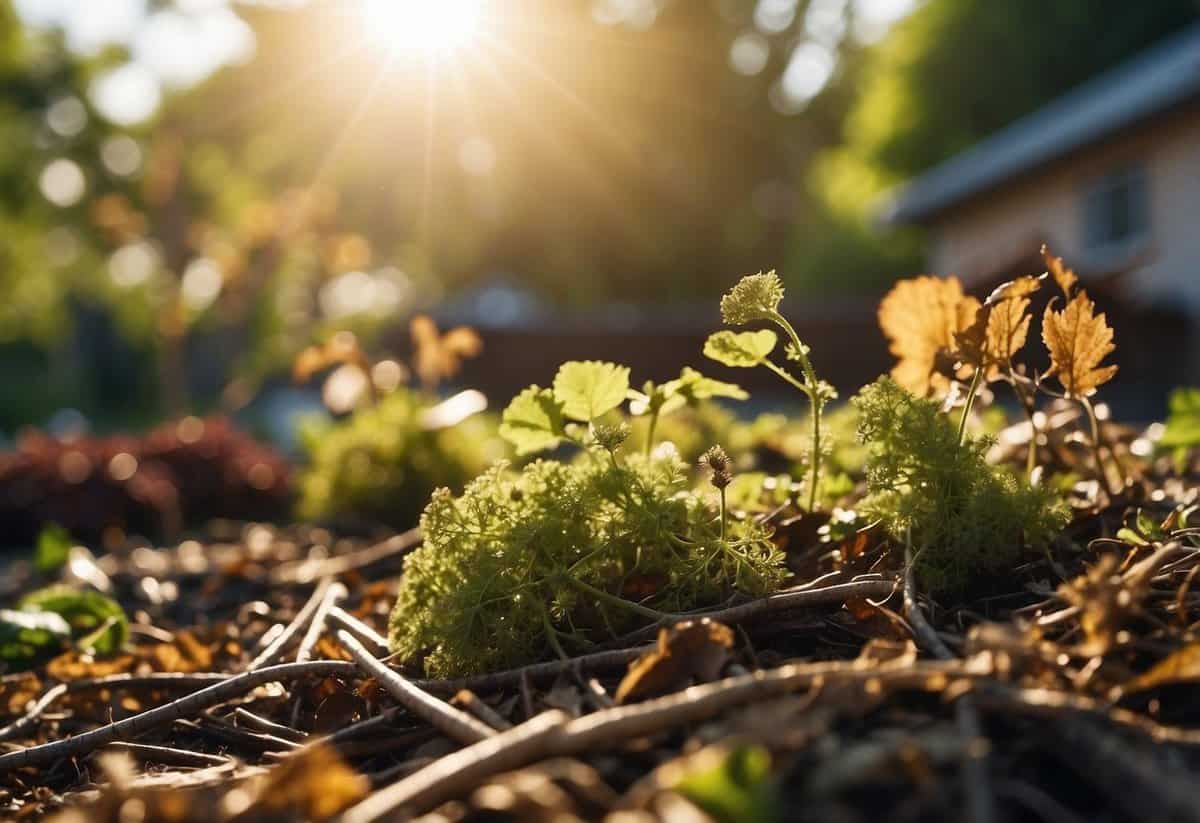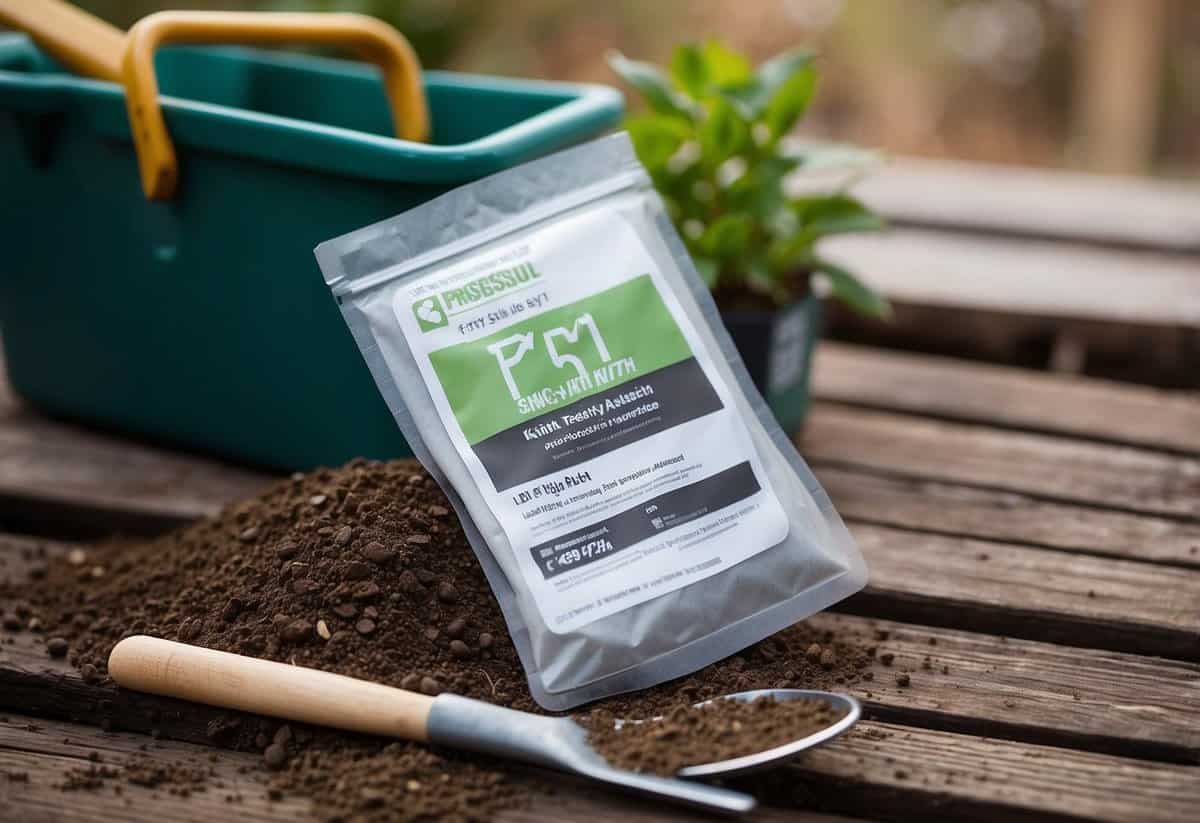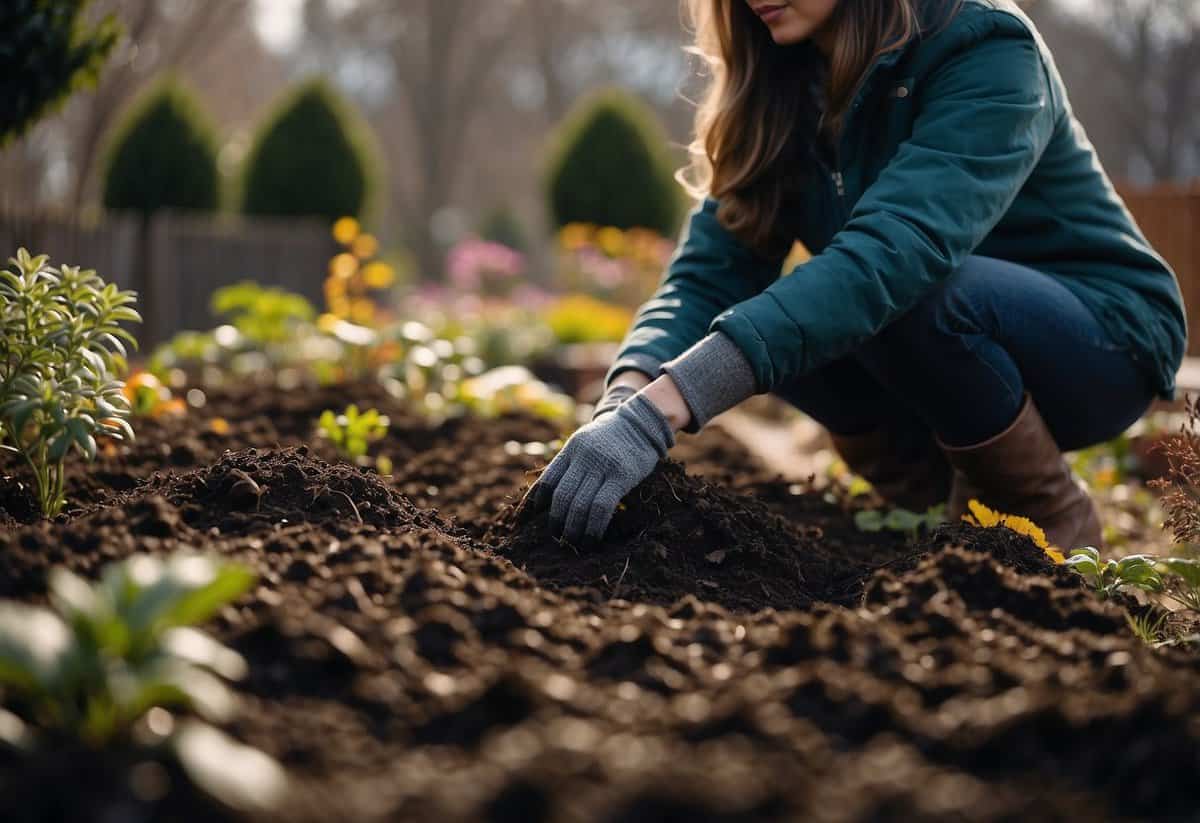After Winter Garden Tips: Revitalize Your Space for Spring
As winter fades away and the first hints of spring appear, your garden might need a little extra care to bounce back. The cold weather can leave your yard looking tired and worn out. Taking a few simple steps can help rejuvenate your garden and get it ready for the warmer months.

With a bit of time and effort, you can turn your post-winter garden into a lush, green space that’s ready for planting and enjoying. Your plants and lawn need attention to recover from the harsh winter conditions, ensuring they’re healthy and vibrant for the growing season ahead.
1) Clear Out Dead Plants

Start by removing any dead plants from your garden. This helps prevent diseases from spreading to healthy plants.
Dead plant material can harbor pests and fungal spores. Cleaning up ensures that new growth has a healthier environment.
Be gentle when clearing out dead plants to avoid disturbing any beneficial insects that may use the debris as shelter.
2) Prune Shrubs and Trees

Early spring is a great time to prune your garden’s shrubs and trees. This helps them grow healthier and look better.
For fruit-bearing trees, this is the best time to start pruning. Removing dead wood can help increase airflow and space for new shoots.
Prune evergreen shrubs and trees while they are still dormant. Want to know more? Check out some tips from The Old Farmer’s Almanac.
Don’t forget to thin out dense shrubs to allow more light and air. A guide from Bob Vila suggests pruning up to one-third of the side shoots.
3) Mulch Garden Beds

Mulching your garden beds after winter is essential. It helps keep the soil moist and prevents weeds from taking over.
For best results, spread mulch 2-3 inches thick. This protects the roots of your plants from sudden temperature changes and keeps the ground frozen longer.
Use organic materials like shredded leaves or straw. These break down over time, adding nutrients to the soil and improving its texture.
4) Test Soil pH

Testing soil pH is important for a healthy garden. Different plants need different pH levels to grow well.
To test your soil pH, you can use a soil pH meter. Simply push the metal probe into the soil and read the result.
You can also send a soil sample to a lab for more accurate results. It’s not too expensive and can offer detailed insights.
Another way to test soil pH at home is to use a mix of soil and distilled water. Add vinegar to see if it fizzes, which indicates an alkaline pH.
5) Add Compost to Soil

Adding compost to your garden soil helps improve its structure and fertility.
Use a garden fork to work the compost into the top layer, about 4 to 6 inches deep. This helps mix it well with the existing soil.
Surface mulching with compost is useful for sandy soils because it retains moisture and prevents rapid drying.
6) Plant Cover Crops

Planting cover crops is a great way to keep your garden healthy through winter. Hairy vetch, rye, and clover are excellent choices for this purpose.
Cover crops help by preventing soil erosion and adding nutrients back to the soil. For example, hairy vetch increases nitrogen, making it perfect before planting crops like tomatoes.
Sow the seeds about two inches deep and cover them with soil. Planting four to six weeks before the first hard frost gives the best results. This way, your garden will be ready for spring!
7) Inspect for Pests

After winter, it’s important to check your garden for any pests. Look under leaves, around the base of plants, and in the soil.
Keep an eye out for common pests like voles and moles. Voles can strip bark from plant roots, while moles create tunnels that dislodge vegetation.
Regular monitoring helps catch issues before they become big problems. Frequent checks can save your garden from serious damage.
8) Plan Crop Rotation

Crop rotation helps keep your garden healthy. By not planting the same vegetables in the same spot every year, you can avoid pests and diseases.
Divide your garden into sections and change the crops in each plot each year. This will keep the soil rich in nutrients.
Rotating crops also reduces the need for fertilizers and pesticides. Proper planning makes a big difference. Learn more about the benefits of crop rotation from this guide to crop rotation.
9) Clean Garden Tools

Cleaning your garden tools after winter can help extend their lifespan and make them more effective. Start by scraping off any dirt using a coarse metal brush. It’s like giving your tools a good scrub, getting them ready for the new season.
Next, disinfect your tools to kill any remaining bacteria or fungi. Mix two cups of chlorine bleach with one gallon of water, and soak your tools for about 10 minutes. Rinse them well and dry thoroughly with an old cloth.
Finally, make sure your tools are completely dry before storing them. Use a clean towel to wipe off any moisture, and let them air dry. This will help prevent rust. Regular maintenance keeps your garden tools in great shape for years.
10) Store Frost-Sensitive Plants

You should dig up frost-sensitive plants before the first frost hits. Carefully lift the plants and shake off any excess soil.
Place the plants in a box filled with dry peat moss or sand. Store the box in a cool, dark place like a shed or garage.
Check on them occasionally to make sure they’re not rotting or drying out.
Soil Preparation

Getting your soil ready after winter is important for a successful garden. This includes checking the soil pH and adding organic material to improve soil health and fertility.
Testing Soil pH
Testing your soil’s pH helps you know if the soil is acidic, neutral, or alkaline. Most plants prefer a pH between 6.0 and 7.0. To check your soil pH, you can use a home test kit or send a sample to a local extension service.
Adjusting the pH may involve adding lime to raise it or sulfur to lower it. Garden centers usually have these products. Proper pH ensures that nutrients are available to plants. Testing annually helps you keep your soil in the best condition for gardening.
Adding Organic Matter
Adding organic matter improves soil structure and nutrients. Materials like compost, aged manure, or leaf mold increase the soil’s ability to retain moisture and support plant roots. Spread a layer of compost over your garden and mix it in with a garden fork.
Organic matter also encourages beneficial microorganisms. You can add compost throughout the year, but doing this in early spring prepares your soil well for planting. Another option is using cover crops, such as oats or clover, which add nutrients as they decompose.
Planting Strategies

When planning your garden, it’s important to choose plants that can handle the conditions and work well together. This helps ensure a healthy, productive garden.
Selecting Appropriate Plants
Choose plants that thrive in your climate and soil type. For example, if you have cold winters, select hardy plants like broccoli and kale. These can withstand freezing temperatures and continue to grow. Opt for root vegetables like carrots and beets because they can stay in the ground during frosts.
Research the specific requirements of each plant, such as sunlight and water needs. This helps you place them correctly in the garden. Group plants with similar needs together and make sure to avoid overcrowding, which can lead to disease and poor growth.
Remember that some plants need plenty of space to spread out, like winter squash. Choose varieties that mature at different times to ensure a continuous harvest. This keeps your garden productive throughout the season.
Companion Planting
Companion planting improves plant health and boosts yields. By planting beneficial plants next to each other, you can help manage pests and enhance growth. For instance, onions and garlic deter pests when planted near carrots and lettuce.
Another example is planting peas near potatoes. Peas fix nitrogen in the soil, which potatoes use to grow stronger. Herbs like sage and rosemary can naturally repel insects from cabbage and broccoli. Incorporate flowers like marigolds, which attract beneficial insects and deter harmful pests.
Not all plants make good companions. Avoid planting beans near onions because they inhibit each other’s growth. Research compatible plants to make informed decisions. This maximizes the benefits of your garden space.







